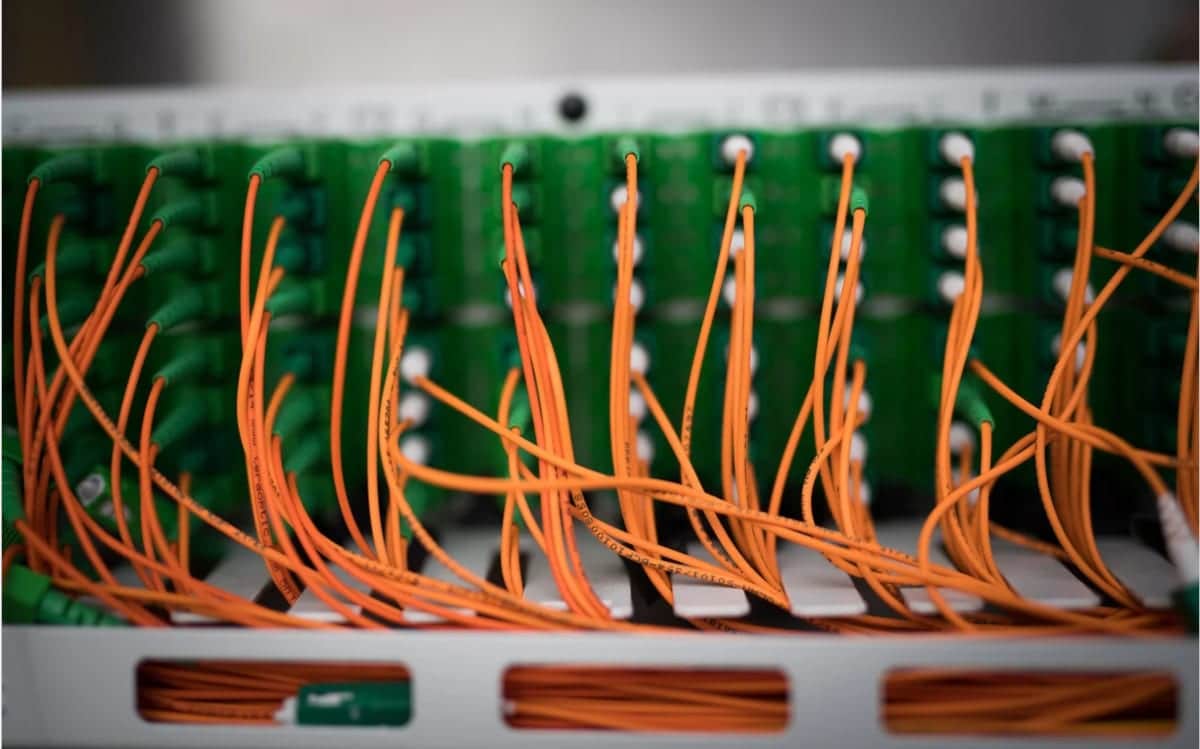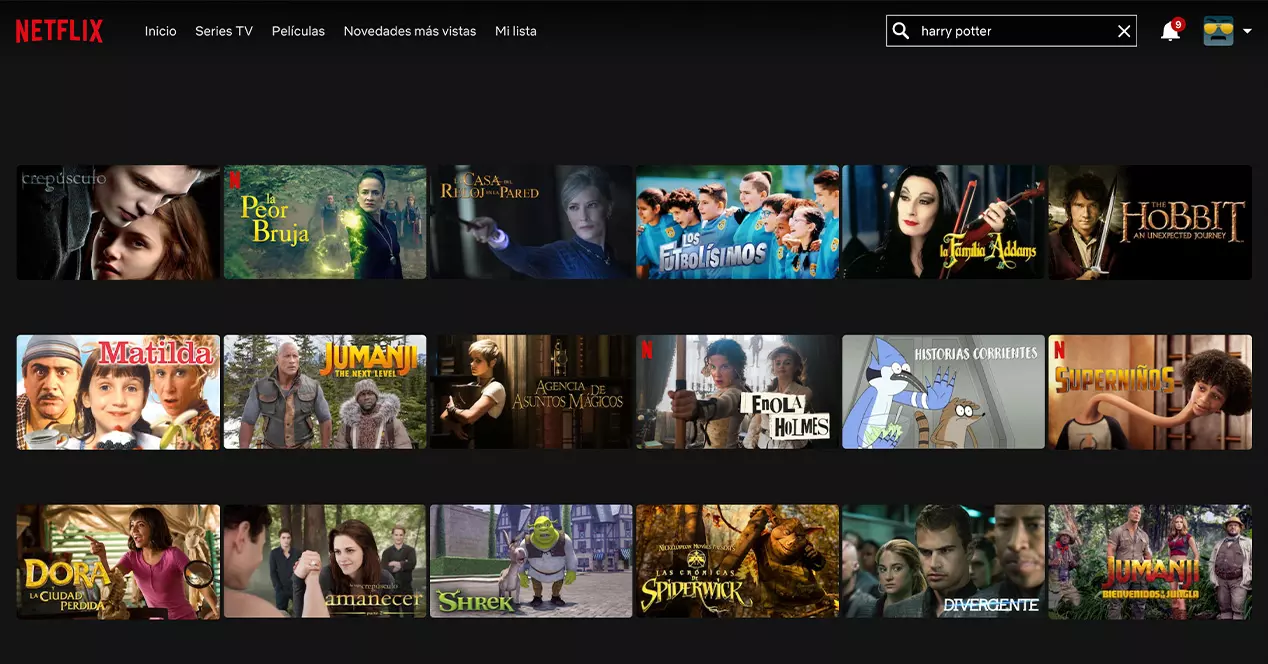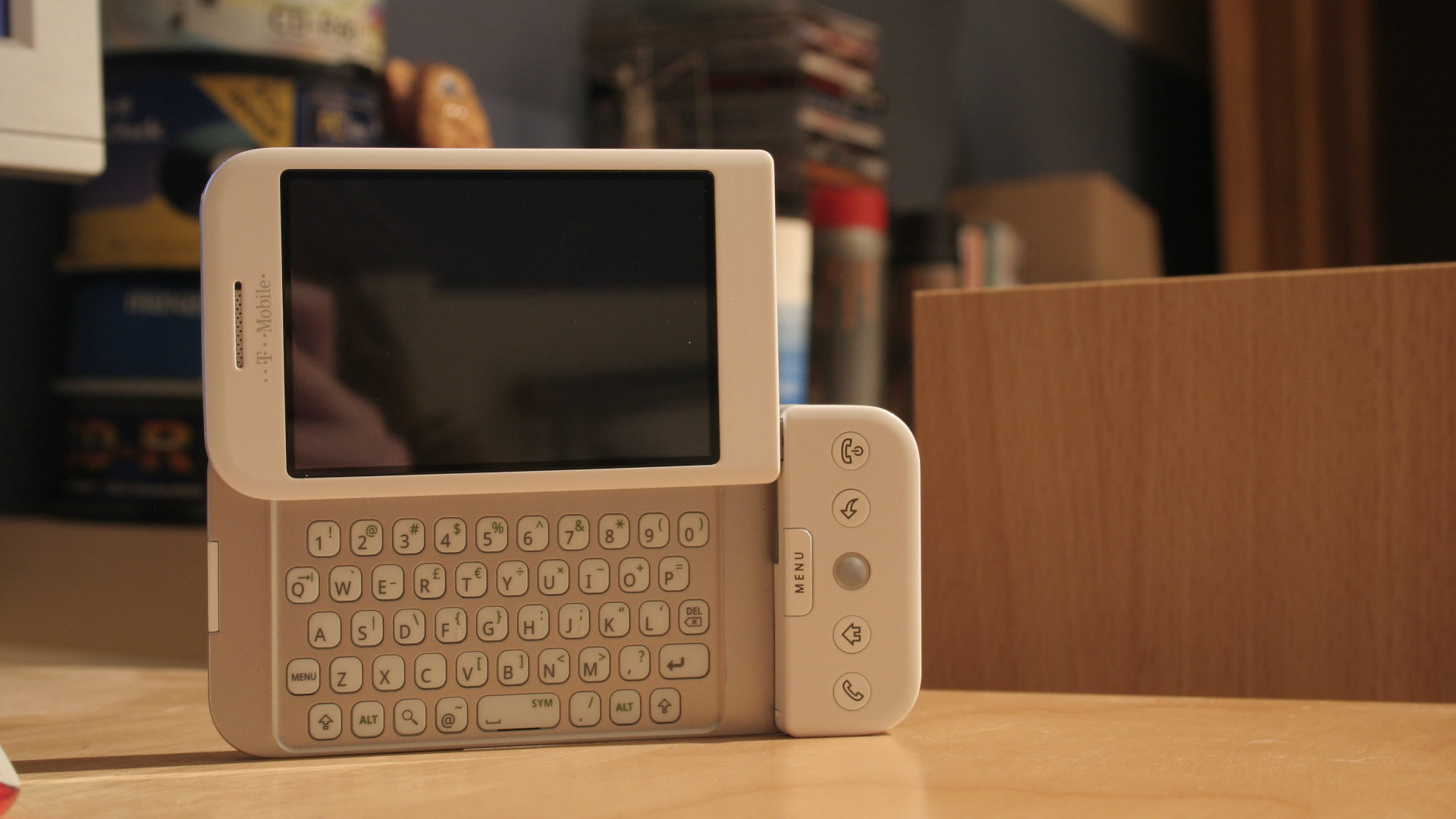
A new book to be published tells the story of Android through the fate of those who created it. An opportunity to go back to the beginnings of the mobile system which today equips 80% of mobile phones in the world.
In 2004, 178 million computers were sold worldwide. A great achievement, but a ridiculous figure compared to the 675 million phones that have passed over the same period. At the time, however, we weren’t talking about smartphones. The iPhone was not yet born, our mobiles were equipped with 32 megabytes of RAM and ran thanks to processors running at barely 200 MHz. Features straight out of PCs from the late 90s.
The beginnings of Android
Seeing this as an opportunity, a few engineers embarked on a crazy project: to provide an open source mobile operating system that all phones could adopt. It was the debut of Android.
However, the operating system which today equips 80% of smartphones in the world almost never saw the light of day. The story is told in the forthcoming book Androids: The Team That Built the Android Operating System written by Chet Haase and of which Ars Technica publishes the right sheets.
A few months before being bought by Google, the company Android Inc. had just made a major change in strategy. After failing to convince investors to support their efforts to build a camera operating system, the team decided to build the first versions of the famous mobile OS.
A flip phone OS
In 2005, the company then hired Andy McFadden, an engineer who had previously worked on the design of digital video recorders. His first task was to build a technical Android demo to accompany the pitch that the rest of the team wanted to sell to potential investors. And as much to say that at the time, Android was far, very far from resembling what we know today.
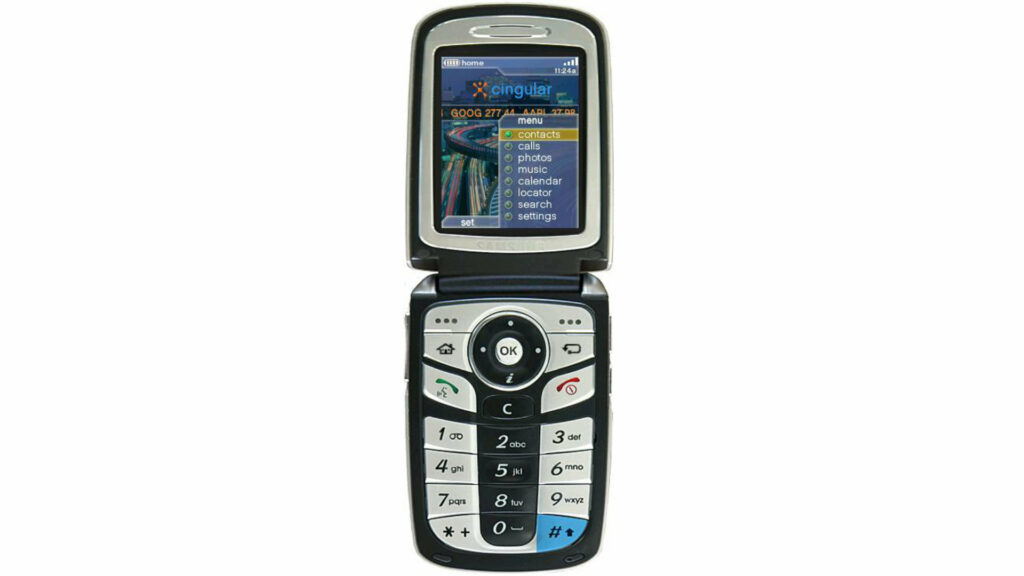
The first versions of the system were at the time designed to run on the mobiles of the time, not to accompany a new type of touch device as Apple would do two years later. Android’s ambition was to replace Microsoft Mobile, Symbian (the OS used at the time by Nokia) and the other embedded systems on our good old clamshell or brick format mobiles.
It is therefore with this idea and this technical demo under its arm that the team began to tour the investors and the big digital firms of the time. At the beginning of 2005, after a first meeting with Google which did not lead to much, the company will see Samsung in Korea. The builder laughs at them when they claim to be able to build an operating system with 4 or 5 pairs of hands. Samsung employed 300 people at the time to achieve the same results and its managers called the Android project a sweet dream. A reflection which also inspired the name of the first Android phone, the HTC Dream (which translates to “dream” in French).
Android BlackBerry way
A few months later, Google again contacted Android Inc to offer them a takeover offer, which was obviously accepted. For a while, the team continued to work on a system designed for touch-tone telephones.
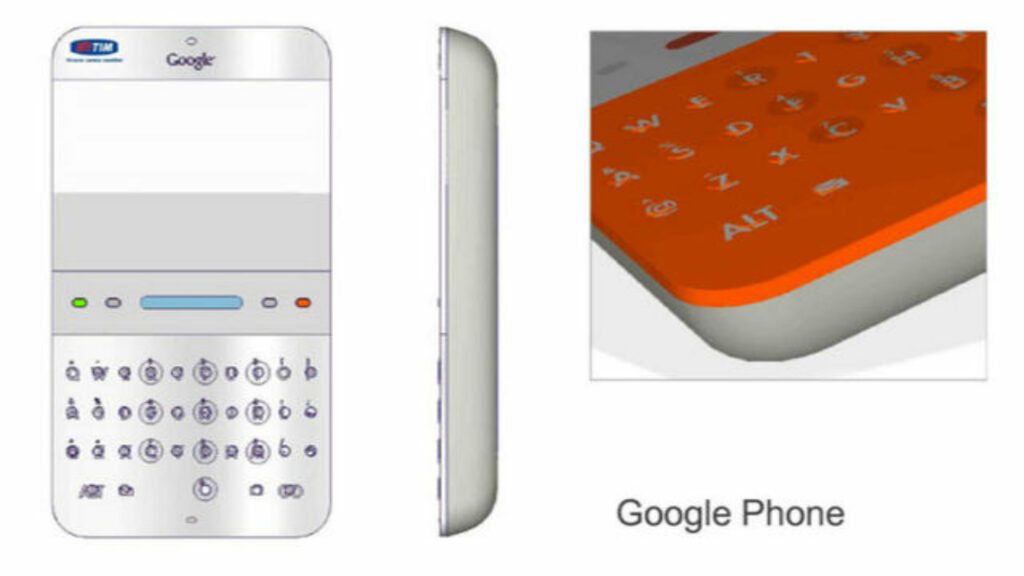
A prototype unearthed in 2012 during the trial between Google and Oracle indeed shows a Google phone that looks like BlackBerrys of the time. It was only after the release of the iPhone that Android decided to seriously adopt touch screens. Lucky when you know what the Android interface looked like before.
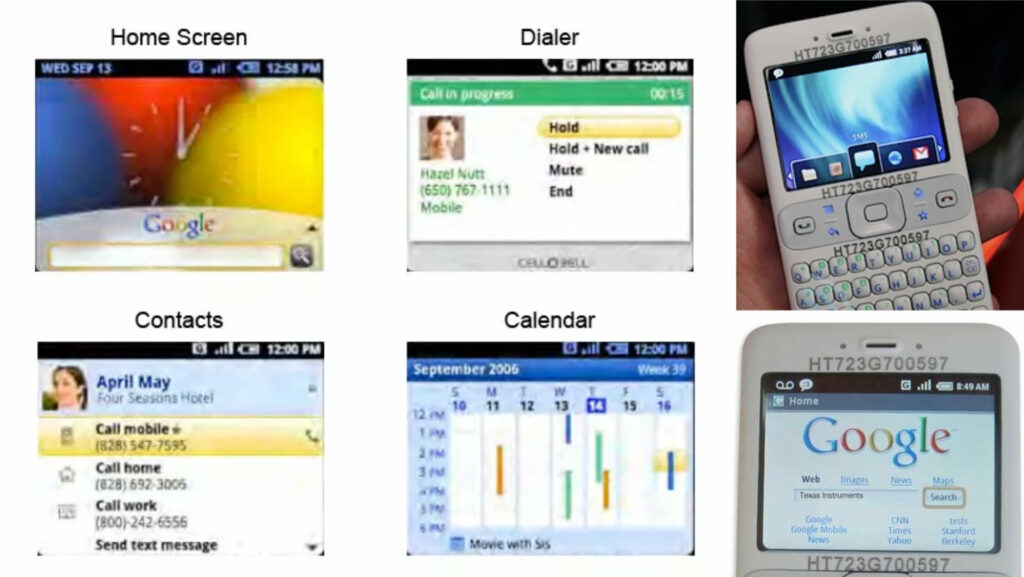
The rest of the story is known. At the end of 2008, the HTC Dream was released in the United States and in a few years, the revised and corrected version of Android was essential on most phones on the planet.

